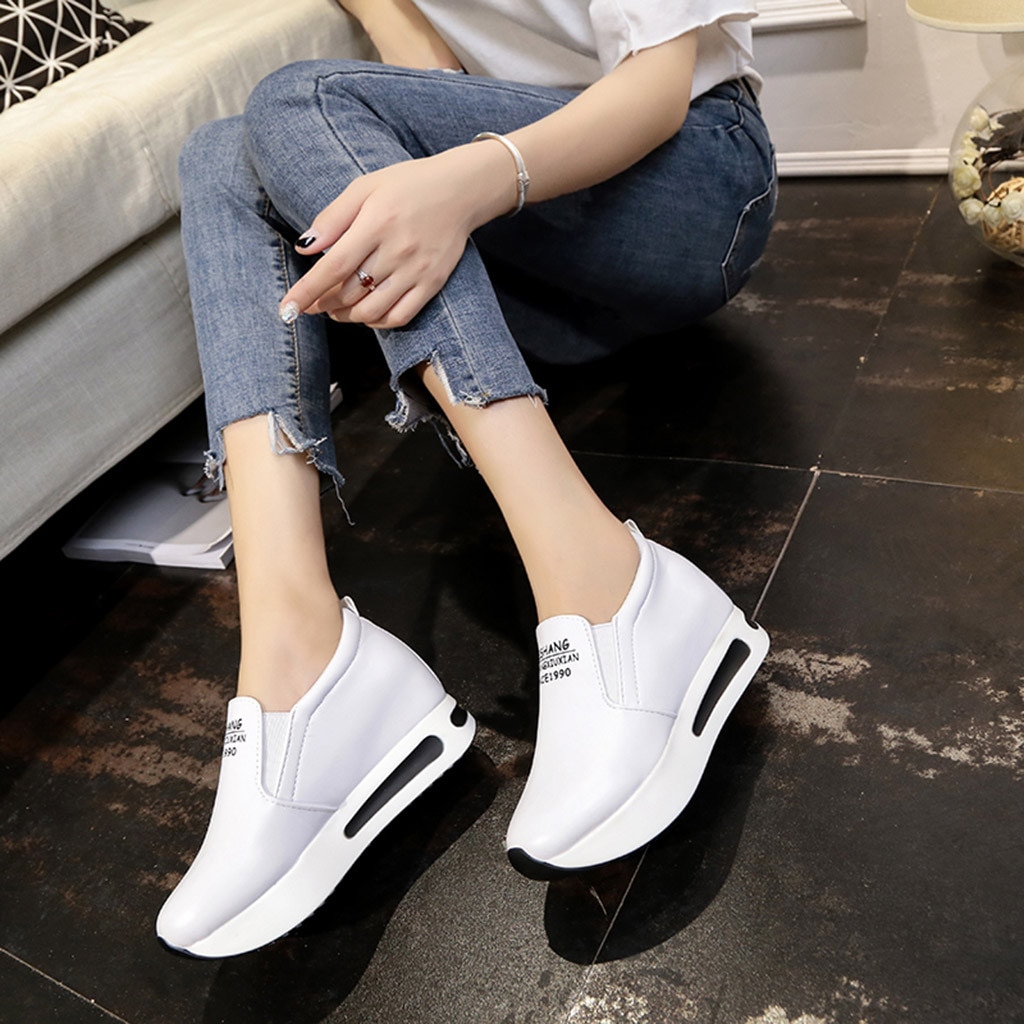Tin tức
Choosing the Right Shoes for You
Wearing good shoes can help you to feel your best and help prevent injuries. Shoe choice can affect your whole body, not just your feet.
Look for shoes that:
- Have a stiff back. Grasp the heel in one hand and the shoe above the heel in the other hand. You should not be able to move the shoe side-to-side around the heel.
- Have a small amount of torque. Hold the shoe at both ends. You should be able to twist it slightly.
- Bend where your toes bend..
- Provide arch support. If the shoe does not have arch support, add an extra arch support. Spenco, Powerstep, and Superfeet products are often comfortable. Check that the arch support can fit in the shoe without squeezing the toes or causing the shoes to slip off the heel.
- Are wide enough and long enough at the toes. It should not push the toes in or make them curl.
- Feel comfortable right away.
When to replace shoes?
- Look at the heel. Most people will wear out the side of the heel over time. When the heel becomes angled, it will alter every step you take and can cause pain in the leg or back. Shoe repair stores may be able to fix the heel. If not, replace the shoe.
- Running shoes can cause pain before they look worn. This is because they lose the capacity to absorb shock. The guideline to replace running shoes is every 350 to 500 miles. Running shoes older than one year old may also cause pain because of changes in the sole with exposure to humidity or heat. Save running shoes for running only and it will prolong the life of the shoe. Old running shoes can be used for walking.
Consider different factors for different shoes:
Athletic shoes: There are four types of running shoes: motion control, stability, neutral/cushioning, and minimalist. The correct shoe for you is based on arch type and biomechanics. One way to test the shoe is to walk and jog in it. You can also balance on one leg and do a one-legged squat. The shoe should feel comfortable right away and these tests should feel easier in the right shoe.
For court sports, a sport-specific shoe is better than a running shoe because it will provide more side-to-side support. For cleats, it can be helpful to pick a shoe that allows you to add an arch support.
Minimalist shoes are used for forefoot running to simulate “barefoot” running. To avoid injury, it’s best to slowly add time and to get guidance for proper form.
Sandals: Flip flops are good for short distance walking only. Choose sandals with strapstha cover more of the foot and/or wrap around the anke.
Boots may fit loosely and not provide adequate foot support. Adding arch support can improve comfort.
Women’s dress shoes are often detrimental to feet, knees, and spines. Heels alter whole body posture and can cause pain. If you wear heels, pick a lower heel shoe, a wider heel or wedge, and a heel that does not curve in. Wear higher heels when you have to, then switch to a lower heels if you have to walk any distance.
Take time to tie and untie your shoes:
Your shoe will work best when it fits snugly and acts as an extension of your foot, without sliding around. Pulling off your shoe without untying it will cause the support in the shoe to break down much faster.

